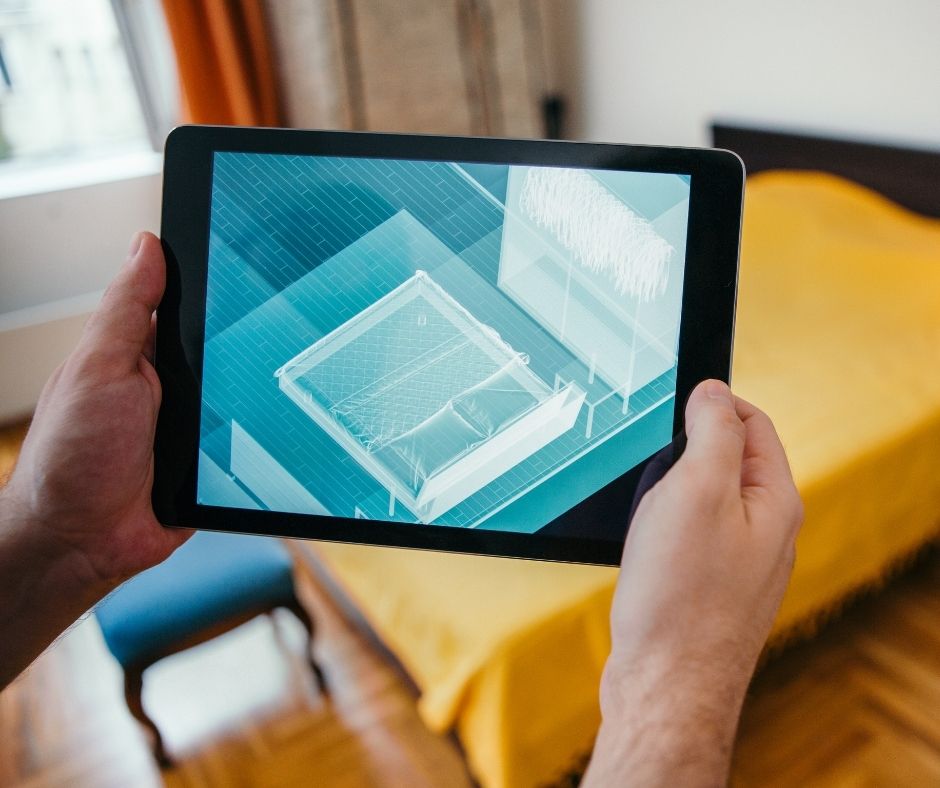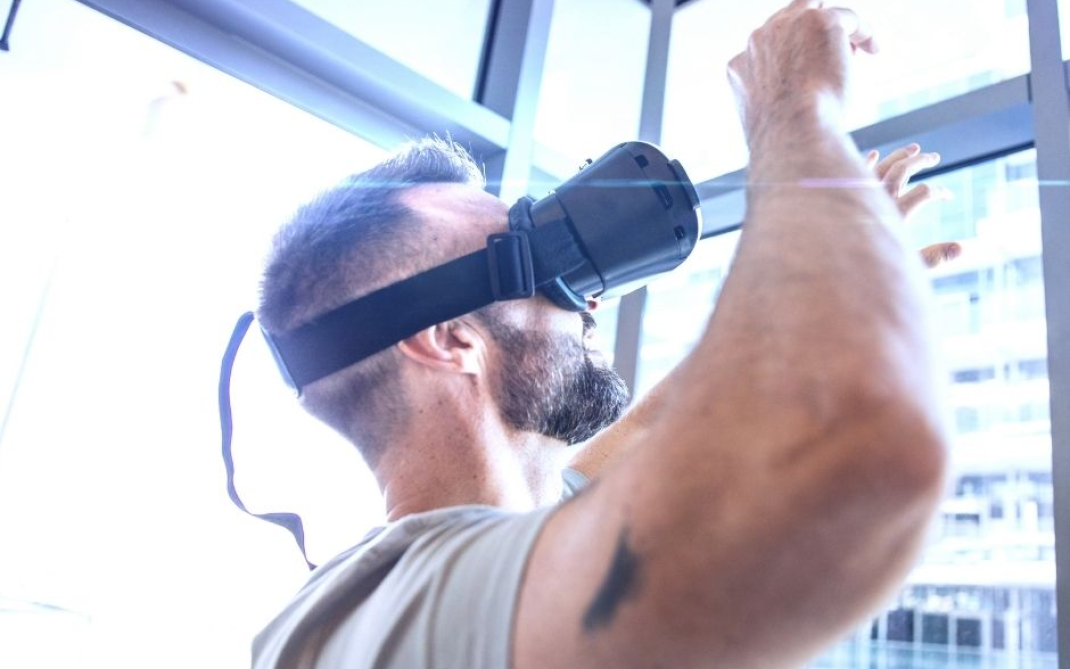Virtual Reality consists of the creation of interactive experiences generated by computers, which represent a simulated environment, mainly representing visual and auditory information. The experiences presented to the user can be based on both fiction and the representation of real situations. This technology has started to take on a leading role in tasks related to the design of the visual details of a product, as it allows design teams to experiment with it and manipulate it in a virtual environment. In this way, they can understand in a more accurate way the functioning, characteristics, and capabilities that the product could offer to the end user. Professionals working in this field will be essential for virtual design and prototyping to develop to the point where it becomes another step in all product development processes.

The Graphic Designer of Virtual Reality for Design and Virtual Prototyping is the professional responsible for designing each of the visual elements of the prototypes that are desired to be represented through the technology. For this, it is essential that they be expert in the use of graphic design tools. In addition, they must have basic knowledge about the technology, without the need to be an expert, as they must understand how each of these elements will be integrated into the environment created in Virtual Reality. Finally, they must be familiar with the industry, as they must carry out their work based on all the processes related to prototyping, so it is important that they know how to integrate their work into said processes.
According to a study conducted by Transparency Market Research, Virtual Reality had a value of 148 million dollars in 2018, and they estimate that it will reach 41 billion by the year 2024, with an annual growth rate close to 90%. This growth will be driven by the application of this technology in such specific areas as, for example, virtual prototype creation. An example of this is professionals who are using the HoloLens VR, created by Microsoft, to examine, modify, and interact with the product in a 3D virtual environment in the early stages of creating physical prototypes of the same. This tool not only facilitates interaction with the product but also opens an important opportunity for various professionals from various areas of knowledge to manipulate and observe virtual prototypes at the same time, creating spaces to discuss ideas related to the characteristics of everything that is desired to be designed.
